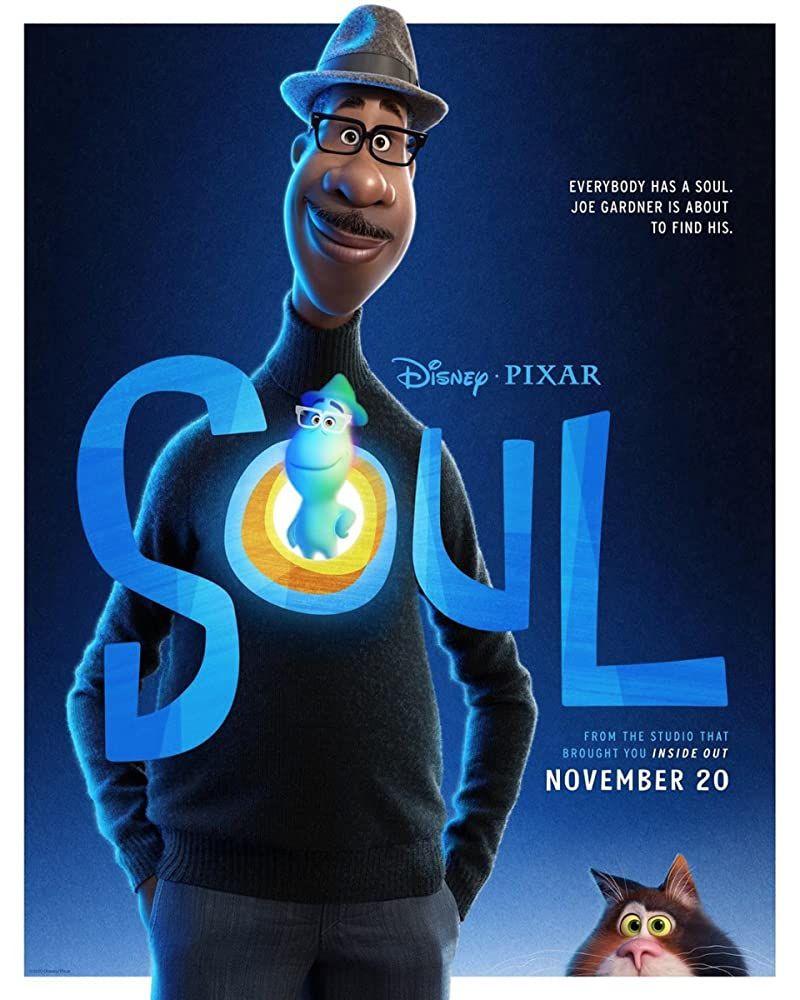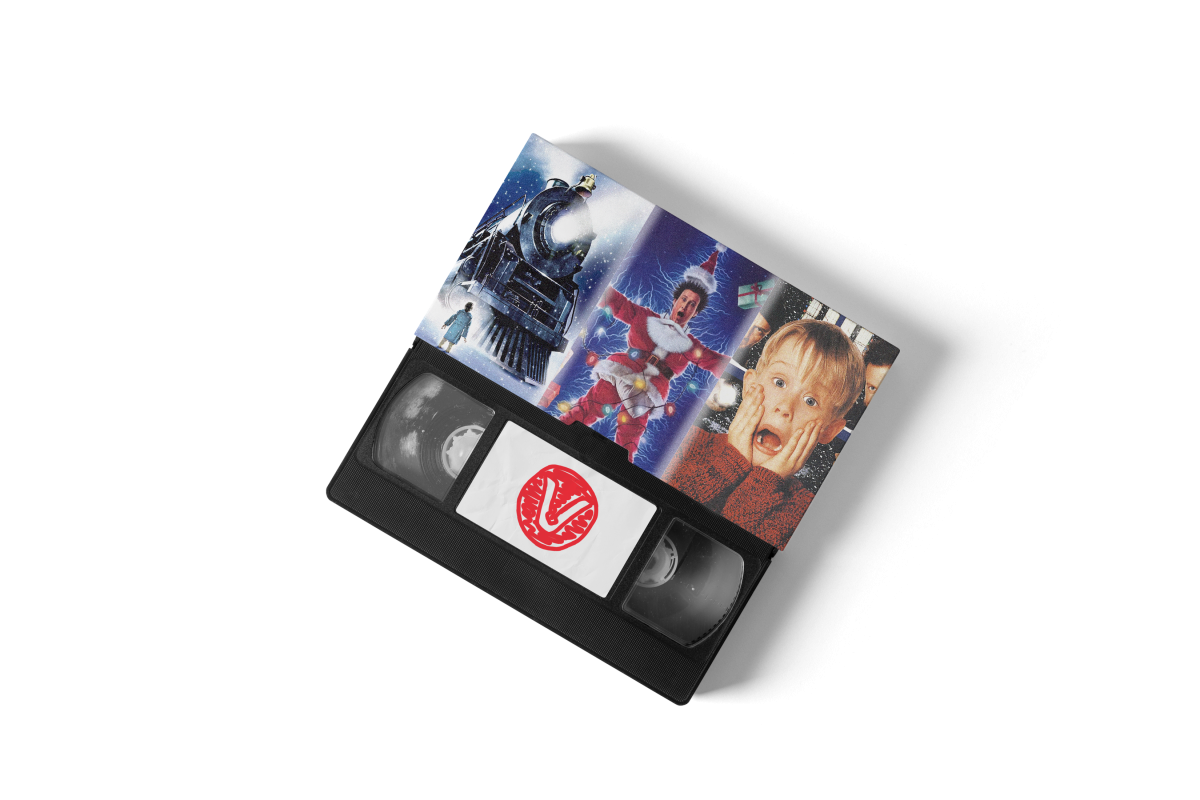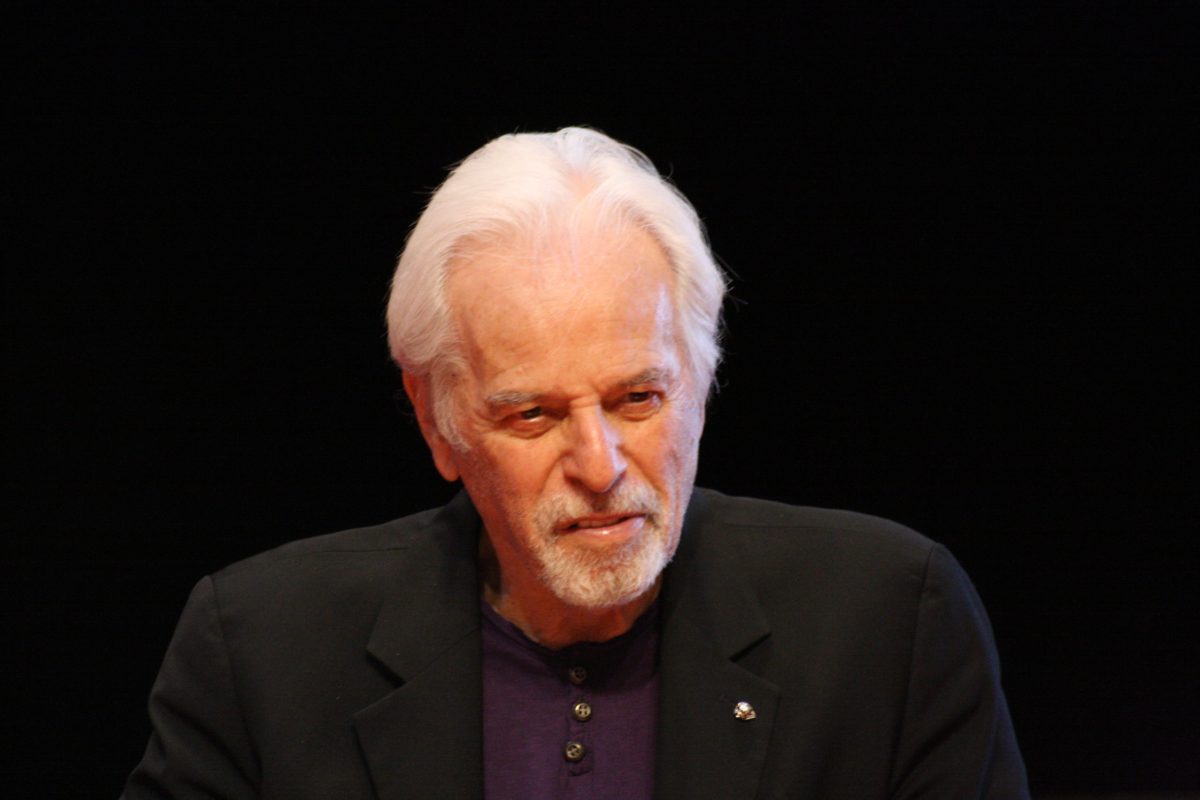By: Scott M. Waldman
In the beginning of film, the projected image was the stepping stone that caused a new artistic format to emerge. After many improvements and innovations, the combination of light and screen became millions of pixels with a projector, and the wall evolved into a screen itself.
Technology has made it all possible. Film, in its earliest of incarnations, was vastly different from the blockbusters of today. Motion pictures were once images without sound (unless you count the hand-cranked projector). They lacked special effects, and had extremely short runtimes dependent on the machine in use. Seeing how times have changed between now and then, the possibilities for future innovations in film are infinite. Not only has technology improved how films have moved forward, but it has also created its own variety of genres where writers can ponder the possibilities of where technology can go next or how current or new technologies can be applied to the film medium.
Most of the current technological advances in the film empire include enhancements like the 3D craze and IMAX, what visual effects or CGI we see on the screen, what speakers we can surround ourselves with, and how we watch these films.
One of the most noticeable enhancements is to the visual quality of the imagery with IMAX options or other HD formats at home. They allow for more minute details to be viewable and pack more aesthetic beauty and information on-screen than ever before. This format not only fixes the visual components, but also the sound quality to allow for crisp dialogue and appropriate surround sound to those who wish to hear their alarm the following morning.
The 3D format, although existing for decades (Friday the 13th Part 3, 1982; Bwana Devil, 1952), introduces the idea of feeling surrounded by the film creates an environment where audiences can really get physically (heads weaving around a room rather than the screen alone) into the film. Hybridizing IMAX and 3D technologies was a major stepping stone for current trends and is now a commercially available experience.
The future of cinema is going to create a different experience, and technology is the key to this evolution. Film in its writing of futuristic tales may show possible versions of the future with technology’s role in the front seat. The actual way that film may be portrayed in the future may change in a way that seems like pure science fiction.
Imagine, when going to a theater that you are sent to a room where you the viewer strap into a machine and the film is either a form of virtual reality where you are mentally surrounded by the film or where you can literally star in the film and create your own tale. Sounds like Total Recall (1990). It’s a possibility considering the places that virtual reality is currently heading towards.
If the technologies used for virtual reality are applied to film, you could live the film and be a part of it. The difficulty of this scenario would be creating all of the possibly sequences that each person would experience. Would it be a room with the same tales and outcomes? The possibilities are endless.
Technology in its essence is what allows most current film projects to be possible. With light generated through primal or artificial means, there is an image to be viewed, a moment to be filmed, and a story to be told. Currently, viewing a film has changed a lot. In the future though, the possibilities of adapting to more senses and creating what feels like a “real” experience can reshaped the modes of storytelling. It seems that only the future can tell where we go next, so until then, “Keep moving forward.”






























